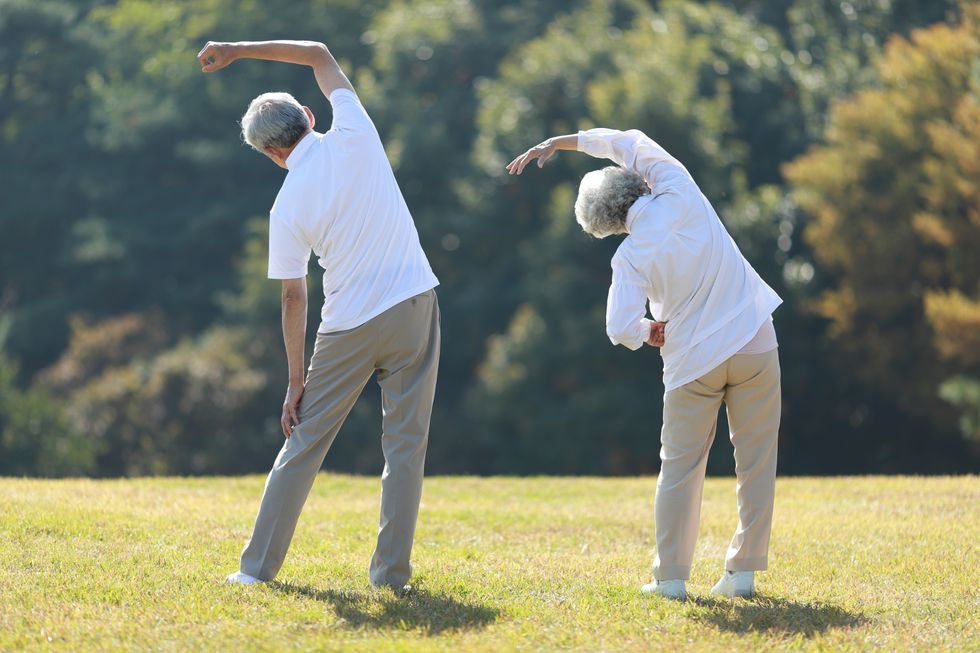Maintaining regular physical activity could cut risk of early death by 40%
Adopting physical activity at any stage of adult life can substantially reduce the risk of death, and even late starters can see mortality rates drop by up to 25 per cent, new findings have revealed.
Adults who maintain consistent physical activity throughout their lives experience even greater benefits, slashing their risk of death from any cause by up to 40 per cent.
In the comprehensive analysis of 85 studies published in the British Journal of Sports Medicine, the authors examined data from studies with sample sizes ranging from 357 to over 6.5 million participants.
As such, it is one of the most extensive analyses of physical activity’s impact on longevity to date.

Even those late to the game could cut their risk of an early death
GETTY
The research team analysed 59 studies examining long-term physical activity patterns across adulthood, 16 investigating average benefits at different activity levels, and 11 exploring cumulative physical activity’s impact on mortality risk.
Their pooled data analysis revealed that participants who transitioned from inactive to active lifestyles were 22 per cent less likely to die from any cause compared to those who remained sedentary.
Those who increased their leisure time physical activity saw an even greater benefit, with a 27 per cent reduction in mortality risk.
The protective effects were particularly pronounced for cardiovascular disease, where consistently active individuals showed approximately 40 per cent lower risk of death compared to their inactive counterparts.
LATEST DEVELOPMENTS
Current guidelines suggest adults should aim for 150 to 300 minutes of moderate intensity physical activity weekly, or 75 to 150 minutes of vigorous exercise. However, the research indicates that falling short of these targets still provides meaningful protection against premature death.
“First, our results emphasised the importance of [physical activity] across adulthood, indicating that initiating [it] at any point in adulthood may provide survival benefits,” the researchers said.
The analysis particularly highlighted that maintaining activity over time proves more beneficial than past activity that isn’t sustained.
The study’s authors emphasised the broader public health implications of their findings, noting that interventions should target both inactive individuals and those already exercising regularly.

Adults should aim for 150 to 300 minutes of moderate exercise weekly
GETTY
“As being consistently active provides greater health benefits than being previously active (i.e. no longer maintaining activity), this highlights the importance of sustained [physical activity] over time,” they explained.
The researchers added: “Future [physical activity] interventions may not only target inactive people, but also support active people to maintain their activity.”
While acknowledging limitations such as reliance on self-reported activity levels, the team concluded that their findings underscore physical activity’s essential role in extending lifespan at any adult age.


Comments are closed.